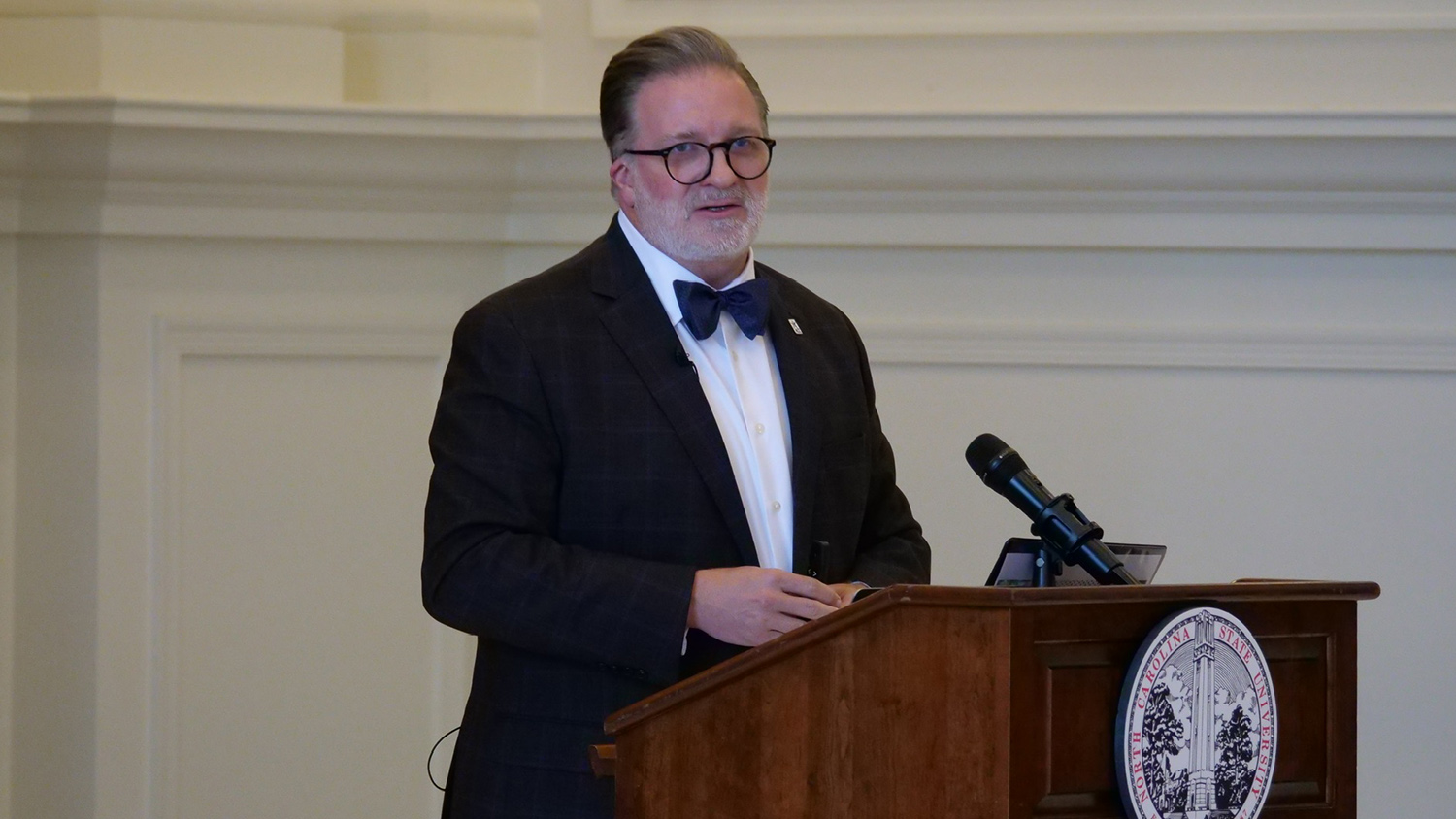Professor Eric Wiebe Joins New NSF AI Institute for Engaged Learning to Advance Learning and Education

Eric Wiebe, a professor of STEM education in the NC State College of Education and senior faculty fellow at the Friday Institute for Educational Innovation, is part of a new National Science Foundation (NSF) research initiative that will create and utilize artificial intelligence (AI) tools to advance learning and education.
Wiebe is senior personnel on a five-year, $20 million grant from the NSF for the AI Institute for Engaged Learning. James Lester, Distinguished University Professor of Computer Science and director of the Center for Educational Informatics at NC State, is the principal investigator of the Institute.
“The Institute is really going to provide a fantastic crucible to bring together some of the best AI researchers in the country who maybe in the past have not focused on education-related problems,” said Wiebe. “Researchers on this project, myself included, have a deep desire to use our AI and knowledge for social good and the Institute is now going to provide an opportunity for us to pursue some of those goals. Like any strong interdisciplinary project, we now bring subject matter experts from different fields together to be able to pool our knowledge and resources and guide that collective energy towards some of the ongoing big challenges in education.”
Wiebe joins an interdisciplinary team of researchers with expertise in AI and education from NC State, the University of North Carolina at Chapel Hill, Vanderbilt University, Indiana University and the educational nonprofit organization Digital Promise. He will be part of the AI-augmented engaged learning group, led by co-principal investigators Mohit Bansal, Cindy Hmelo-Silver and Jeremy Rochelle, and will focus his research on AI-driven, narrative-centered learning environments that will engage students in authentic problem-solving scenarios.
Narrative-centered learning uses an adaptive, evolving story that changes based on how a student interacts with a particular system or activity. It focuses beyond individual tasks and looks at how they are woven into larger academic concepts that can be explored through a narrative structure. Treating learning in this fashion allows researchers and educators to have a starting point to think about problems to solve and tools and techniques to develop and explore.
According to Wiebe, the goal of the Institute is to empower, rather than replace, teachers. He says they will work on how best to use AI as a tool in the classroom either directly with the student or in conjunction with teachers to inform and provide insight into student learning. By providing these insights, he hopes to cut down on the low-level work teachers engage in to manage the day-to-day workings of a classroom.
“Perhaps, in the short run, we can provide AI tools that can take some of that burden off the teacher to allow them to really utilize their skills to their maximum potential to engage in higher order strategic thinking around how to guide individual students, groups of students or whole classrooms,” said Wiebe. “I’m always excited about providing solutions, large and small, for teachers and schools that they can employ to help with their job.”
For example, AI could provide insight on student momentum during activities or lessons, either in real time or on a daily or weekly basis. If a student is stalling, AI could identify these moments and eliminate the time and effort a teacher would have to spend to discern this behavior for themselves.
The Institute will work on designing tools and structuring information that is most usable and helpful to teachers, including what information should be collected.
“For me, success is going into a classroom and seeing engaged kids who are really excited about the learning that they’re involved in,” said Wiebe. “They’re working well with their classmates and with their teacher, and their teacher feels equally engaged and empowered to help guide these students’ learning and feels equipped with the tools and information they need to do the work at hand.”
This story originally appeared on the Friday Institute for Educational Innovation website.
- Categories:


